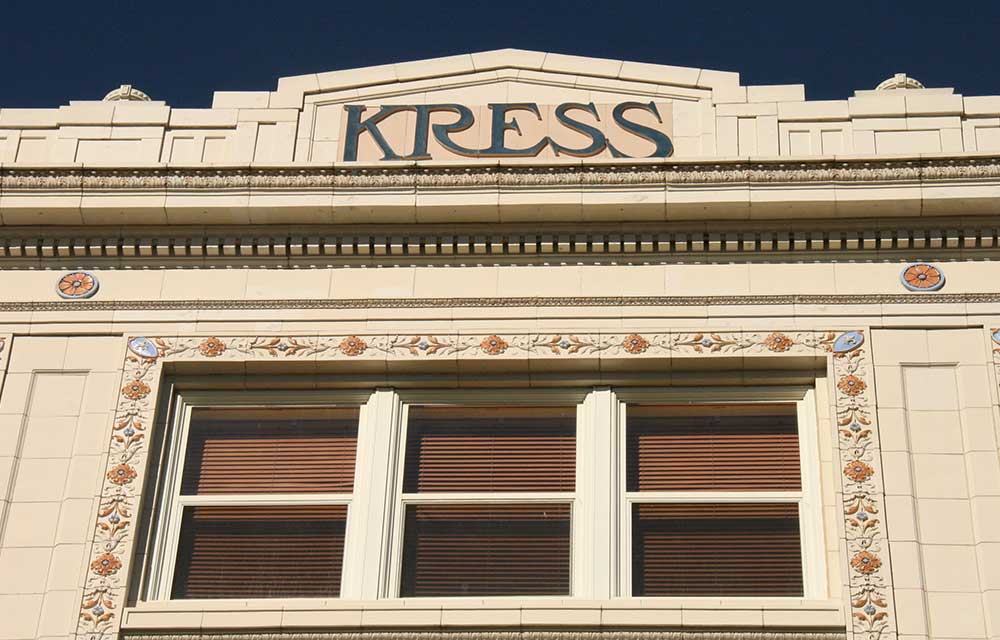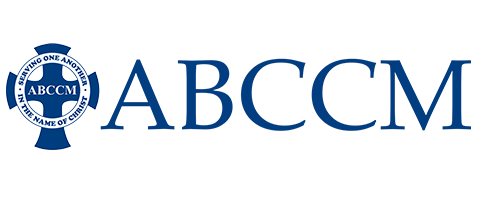Condos & Homes
Asheville’s downtown scene draws visitors and locals alike. With craft breweries, award-winning restaurants, galleries, shops, and music venues, more and more people want to be a part of downtown Asheville’s exciting and unique energy. Come see what in-town living is all about in Asheville. I doubt you will want to leave.
Downtown Asheville Homes
If you want to be within walking or biking distance of town and/or have the option of a short drive or bus ride without sacrificing square footage and a yard space, a single family home may be your best option. There are limited residential neighborhoods within walking distance of downtown, and some of these homes still need a bit of “love.” None come cheap, but the “walk-to-town” neighborhoods continue to be popular and values have held for many years in these high-demand areas.
Downtown Asheville Condos and Lofts
If you want to live in the midst of all downtown Asheville has to offer, a condo or loft is definitely the way to go! Most available properties are small and pricey; some are larger and even pricier; luckily, there are a few more affordable options as well. These include new condo buildings and lots of units above stores in older buildings.
Ready to Live the Mountain Life?
RE/MAX Realtor Margaret Vestal can help.
Eco/Green Homes
What makes a house green?
From the Merriam-Webster Online Dictionary.
Green: concerned with or supporting environmentalism; tending to preserve environmental quality (as by being recyclable, biodegradable, or nonpolluting)
“Green” is the buzzword these days in regard to just about everything: cars, cleaning products, food, and, especially in my world, houses. In all realms, there is certainly a lot of “green washing,” meaning claims of eco-friendliness that are purely marketing ploys on products that are not in any significant way environmentally kind. Even with homes, it is not always easy to determine “greenness,” and that very term or the concept of eco-friendly can mean different things to different people.
I have found two kinds of environmentally conscious home buyers. First, there are the folks who are concerned with making as small an impact on the planet as possible with their home. These people prefer homes that have used sustainable products (bamboo floors are a common example, as bamboo is a fast-growing renewable crop) and recycled products. Along with sustainability goes making a small “footprint.” Less square footage is better; building up rather than out is preferred. Also, there is a definite preference for native plant landscaping which reduces the need for watering and fertilizing.
The second group of eco-friendly home buyer is primarily concerned with health issues. These folks often have serious sensitivity to chemicals, toxins, and off-gassing. They are looking for homes created with no VOC (volatile organic compound) products (paint is a good example) or homes that have aged long enough to have completely “off-gassed.” This group also includes people who must avoid homes with mold, pest treatments, carpets, vinyl, etc.
Clearly, these two groups of people over-lap, but generally one concern over-rides the other (lack of allergens verses sustainable products). For example, a client recently pointed out that a home which is “eco-friendly” because it used recycled products can still off-gas the chemicals from the recycled product that make her sick! I am all for sustainability, but I would have to go with a home with the least mold potential possible (kryptonite to me).
So, then, how do we define an eco-friendly home? I think there are many aspects of a home that can make it “friendly.” The state of North Carolina established a certification program for new homes formerly called the Healthy Built program. This program is now called Green Built NC. A home with this certification falls into one of three categories (silver, gold, and platinum) by meeting strict criteria. This program has changed, and I believe it is now administered by the Western North Carolina Green Building Council (WNCGBC). The certification covers energy efficiency, non-toxicity, and sustainability. Another certification is the Energy Star, used for appliances for years, this now applies to homes also. Energy Star is primarily concerned with reducing energy usage through highly efficient appliances and heating and cooling systems (HVAC) and insulation.
No doubt more certification programs and designations are forthcoming to help us define an environmentally friendly home. However, I maintain that there are many things that can make a house “eco,” and no one designation can capture everything. Like most movements, the “green” movement is, and needs to be, one where everyone does what he or she can do to ease our impact on the planet and create healthy living spaces. For some people, like me, that means living in an “old” home. My last home was built in 1929. The footprint is already there; the impact on the earth already made. The original materials in the home have long-since off-gassed, and any new materials I put in to update can be sustainable and eco-friendly. This home is also in one of the oldest parts of Asheville, so it is close to town and walking distance to all kinds of groceries, drug stores, restaurants, and “walking” neighborhoods, thus lessening my dependence on my car (other than for my gas-sucking job!). I think an older home is a terrific way of truly recycling and reusing! For others, building a dream-home need not be an endeavor that is detrimental to the earth. By using earth-friendly materials, making a small footprint (up verses out), and landscaping with native plants, a new home can be a great a positive addition to life on the planet.
Finances dictate what most of us can do to be environmentally friendly. An old home can be made efficient and non-toxic, but it takes patience and revenue. I worked on my home in stages, starting with sealing the building envelope, reducing toxicity, and installing the highest efficiency heating system possible. We are lucky to have local professionals that can assess a home and create a plan for making it efficient and “green.”
This article was written by Margaret Vestal
Local Resource: Western North Carolina Green Building Council (WNCGBC)
Mountain Homes
The Asheville, NC mountains may offer the lifestyle you have always dreamed about!
“Mountain home” can mean many things in Western North Carolina. It could be a home with a view of the mountains, one tucked away in a “hollar” in the woods, an in-town house with a mountain and city view, or a luxury mountain home.
Living Among the Blue Ridge Mountains
Wherever you are in the Asheville area, you are a part of the beautiful Blue Ridge Mountains. Seven other major mountain ranges converge in our area as well, and the terrain is terrifically diverse from place to place. Even if you don’t have a view from your home, anytime you drive, you will see the mountains’ blue haze and diverse wonders of nature.
Available Mountain Home Properties in Asheville
Mountain homes can be small or large, in a valley or on a mountainside, with a long range view stretching for miles, or a close range view of the next mountain. Call or email me to discuss how we can find the view that is ideal for you.

Second Homes
Many people purchase a second home in the beautiful mountains of Western North Carolina. For some, it is a vacation get-away. For others, it is in an investment for future relocation or retirement (and a vacation home or rental in the meantime). It could be a home on a mountainside with long range views, or a cottage in Historic Montford within walking distance to downtown.
A second home can be a great asset and a wonderful retreat. It is a place to gather family and friends. A place to “get away from it all.” And it can be in income-producing rental or vacation rental.
Since predictions of growth in the Asheville area are still strong, buying now for the future is a good idea.
Whether you are looking for a cabin, castle, or condo, I can assist you in your quest for the perfect home away from home!
Historic Homes Asheville
Asheville has a rich and interesting history. Founded in the late 1700s, it has been a town of fairly steady growth, with a couple of periods of “adjustment.” As a result, the growth periods tended to tear down and rebuild in the current styles.
The city that stands today boasts more Art Deco Architecture than any city other than Miami Beach. We have a beautiful, historic and vibrant downtown with old neighborhoods surrounding from north to west.
Asheville Before the Great Depression
The last big “boom” was in the roaring 1920s, when Asheville experienced a 300% growth rate. Much of downtown Asheville and the existing Victorian homes were demolished to make way for new buildings and homes and roads. Along with that growth came infrastructure projects and new construction that left the town in tremendous debt when the stock market (and the boom) crashed in 1929. The ensuing Great Depression left Asheville reeling, and rather than declaring bankruptcy, the city and the county decided to do the honorable thing and pay the debts. The last of these debts was finally cleared in 1976.
Asheville’s Economic Recovery
Due to the massive debt left from the pre-Depression expansion, the mid-twentieth century saw little growth and development in the struggling town and county. Urban renewal projects were rare, and 1920s Asheville survived (largely) intact. The city that stands today boasts more Art Deco Architecture than any city other than Miami Beach. We have a beautiful, historic and vibrant downtown.
How History has Shaped Housing
Because of the massive development in the early 1900s and subsequent depression and slow growth years, housing in Asheville proper is heavy with homes from the early 1900s, with some in-fill from the mid-century (ranchers). These wonderful historic homes are – like Asheville – eclectic and range in size. They are primarily the bungalow and Arts & Crafts style of the early 20th century. They tend to have nicely sized rooms, lots of windows, and simple details. Further from downtown Asheville, you find more homes from the 1960s and 70s. Newer homes tend to be on the outskirts of town or out in “the county” as except for the few in-fill lots still remaining in town, the city is built out. The new construction of this century is reflective of our past and is predominantly done in “neo” bungalow style.
Asheville’s Historic District
Despite its growth, Asheville has preserved many of its older and “historic” homes. These are primarily in-town bungalows and old farmhouses. The mid-century ranch is also becoming popular, and we have an abundance of ranchers – a few of which are good examples of “mid-century modern.” The Montford Historic District is Asheville’s most cohesive historic neighborhood, boasting some late Victorian, Victorian transitional to Arts & Crafts, and many Arts & Crafts style homes. Other designated historic districts are Chestnut Hills and Albermarle Park.
Historic Homes for Sale in Asheville, NC
If you are an old house lover, there are some great options for you in Asheville. Keep in mind, styles and inventory may be limited. Truly special examples are rare, so if you find a historic home for sale that you really love, act quickly. Feel free to contact Margaret Vestal for help along the way.







